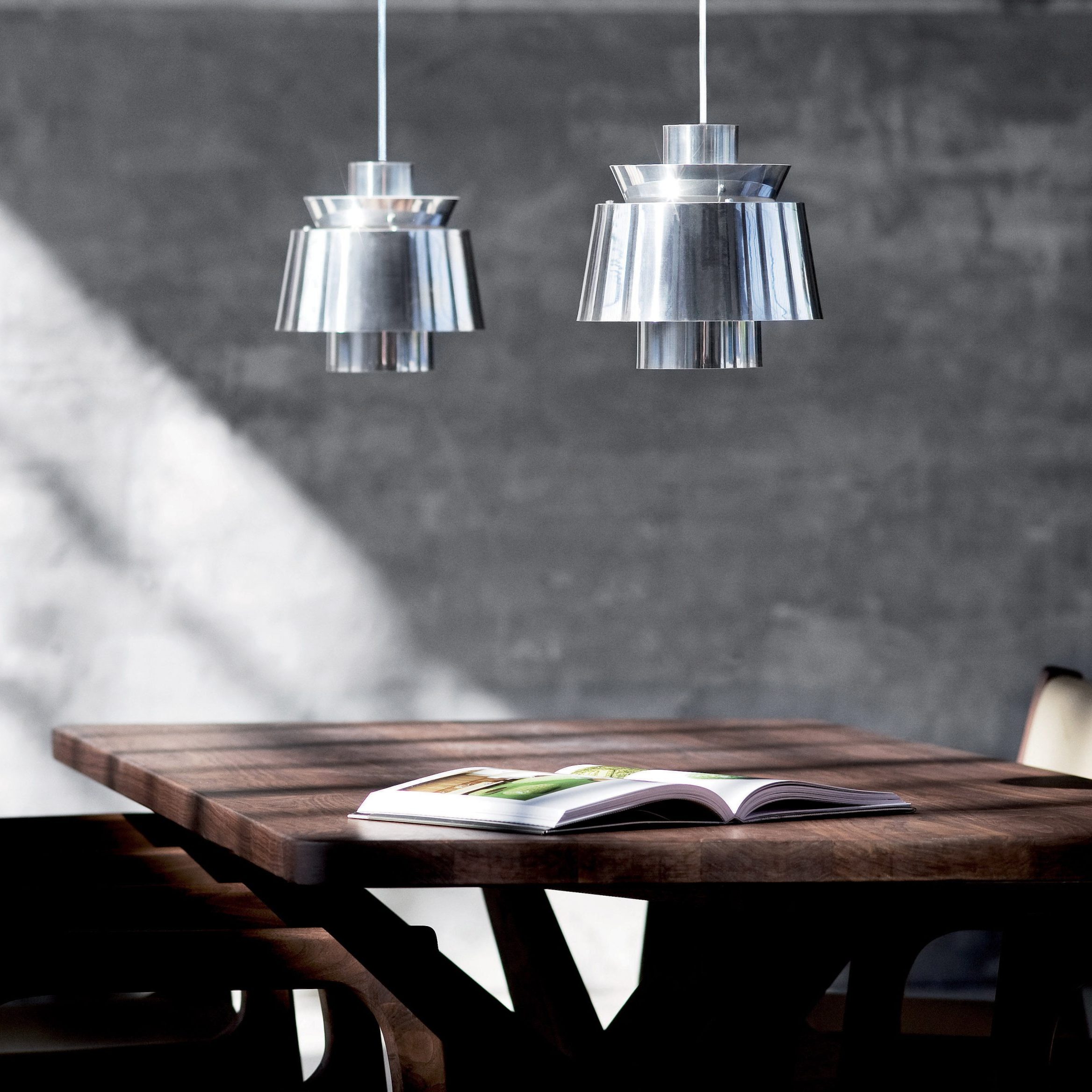
How to Choose Pendant Lights

Pendant lights are a great way to add a unique element to your home. They are often less complicated than chandeliers and come in a variety of styles. Many come with retractable cords that are easily adjusted to meet your needs.
Pendants are also an excellent option for areas that require a soft, warm glow. If you are looking for a more sophisticated, modern look, try geometric pendants. These are designed to utilize geometric shapes to diffuse light in various directions. Some can also be paired with motion sensors and dimmer controls to adjust the brightness level.
These lights can be installed in almost any room of the house. You can install them over bedside tables, dining tables, desks, and kitchen islands. It is important to take into consideration how the light will be used when choosing a pendant. For instance, you might want to have pendants hanging over a kitchen island, so you can pass dishes and have a clear view of your diners.
Pendants can be installed without an electrician. In most cases, you can plug the light into a wall outlet right near the lamp. However, if you are worried about tripping over power lines, you may choose to install a dimmer.
Pendant lighting is available in a variety of colors and materials. Most commonly, it uses glass to diffuse light, but you can choose other materials. A few examples include stone, concrete, wood, and fabric. Also, some pendants are handmade and are crafted with special features, such as holes that emit a warming glow.
Depending on the style of your home, you can find pendants that are either a curved shape or one that hangs straight. Typically, these are smaller fixtures, but you can find larger fixtures. Larger pendants can be up to 30 inches wide.
To determine the best size for your fixture, you will need to know the length and width of your room. Using this information, you will be able to calculate the pendant’s size and height. Generally, you should have about six inches of headroom on each side of the pendant. This can be calculated by adding the length and width of the room.
Once you have determined the appropriate amount of headroom, you can multiply it by two or three to get the height of the pendant. The height of the ceiling is a crucial factor in determining the proper lighting. Ideally, your room’s height should be between eight and nine feet. If you need a fixture that is more than nine feet high, you should consider a chandelier.
When choosing a pendant, it is important to consider the style, color, and materials. Most pendants are made of plastic, though you can find metal and concrete options. Both are prone to discoloration and wear over time. Other pendant lights can be made of glass, which naturally diffuses the light in all directions. Alternatively, you can find pendants with mosaic-tile shades. These can be hung over a sink or a dining table to project a flattering glow.
